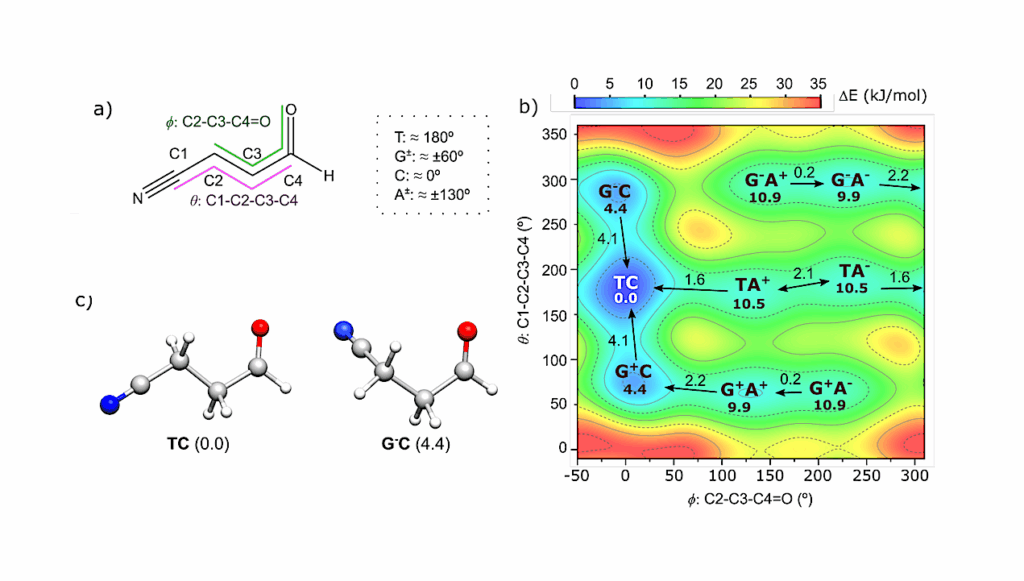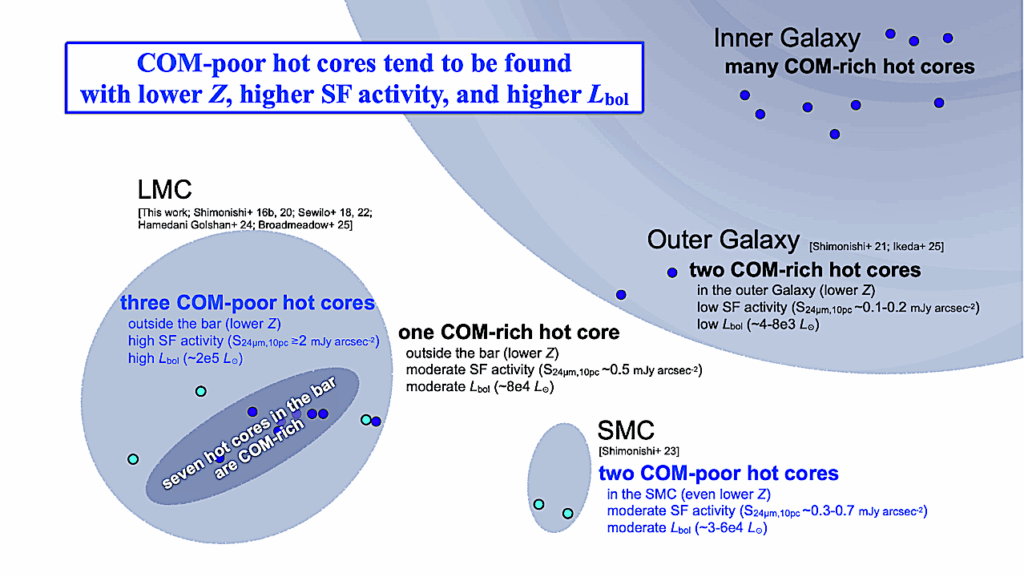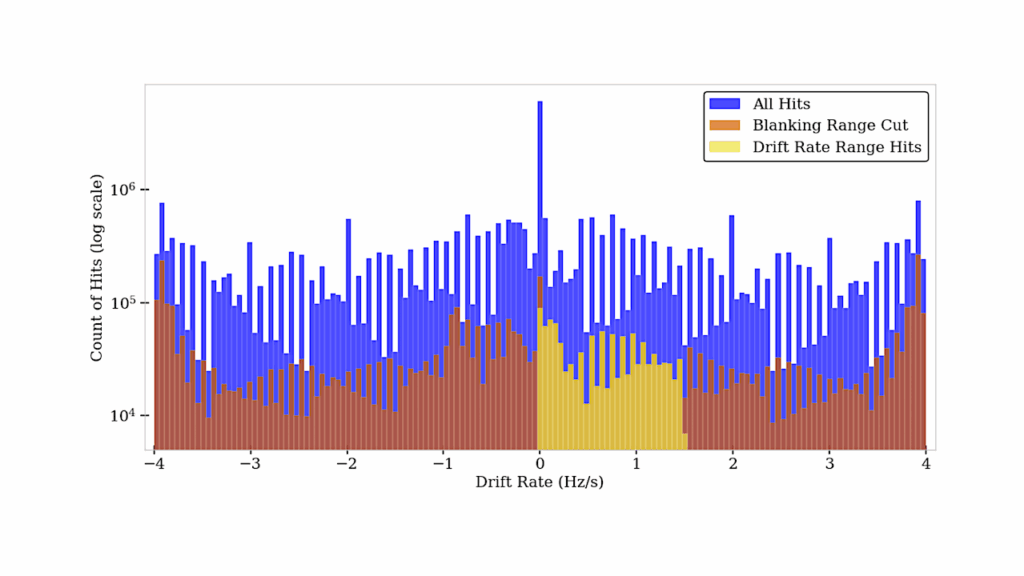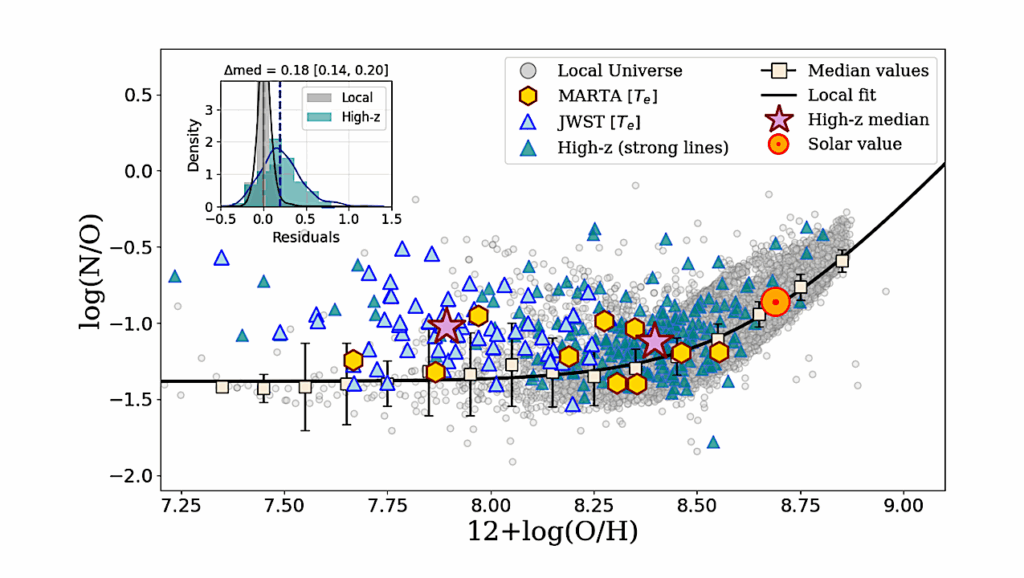Communications Issues Resolved With Voyager 1 Interstellar Probe

On Oct. 24, NASA reconnected with the Voyager 1 spacecraft after a brief pause in communications. The spacecraft recently turned off one of its two radio transmitters, and the team is now working to determine what caused the issue.
The transmitter shut-off seems to have been prompted by the spacecraft’s fault protection system, which autonomously responds to onboard issues. For example, if the spacecraft overdraws its power supply, fault protection will conserve power by turning off systems that aren’t essential for keeping the spacecraft flying. But it may take days to weeks before the team can identify the underlying issue that triggered the fault protection system.
When the flight team, which is based at NASA’s Jet Propulsion Laboratory in Southern California, beams instructions to the spacecraft via the agency’s Deep Space Network, Voyager 1 sends back engineering data that the team assesses to determine how the spacecraft responded to the command. This process normally takes a couple of days — almost 23 hours for the command to travel more than 15 billion miles (24 billion kilometers) from Earth to the spacecraft, and another 23 hours for the data to travel back.
On Oct. 16, the flight team sent a command to turn on one of the spacecraft’s heaters. While Voyager 1 should have had ample power to operate the heater, the command triggered the fault protection system. The team learned of the issue when the Deep Space Network couldn’t detect Voyager 1’s signal on Oct. 18.
The spacecraft typically communicates with Earth using what’s called an X-band radio transmitter, named for the specific frequency it uses. The flight team correctly hypothesized that the fault protection system had lowered the rate at which the transmitter was sending back data. This mode requires less power from the spacecraft, but it also changes the X-band signal that the Deep Space Network needs to listen for. Engineers found the signal later that day, and Voyager 1 otherwise seemed to be in a stable state as the team began to investigate what had happened.
Then, on Oct. 19, communication appeared to stop entirely. The flight team suspected that Voyager 1’s fault protection system was triggered twice more and that it turned off the X-band transmitter and switched to a second radio transmitter called the S-band. While the S-band uses less power, Voyager 1 had not used it to communicate with Earth since 1981. It uses a different frequency than the X-band transmitters signal is significantly fainter. The flight team was not certain the S-band could be detected at Earth due to the spacecraft’s distance, but engineers with the Deep Space Network were able to find it.
Rather than risk turning the X-band back on before determining what triggered the fault protection system, the team sent a command on Oct. 22 to confirm the S-band transmitter is working. The team is now working to gather information that will help them figure out what happened and return Voyager 1 to normal operations.
Voyagers 1 and 2 have been flying for more than 47 years and are the only two spacecraft to operate in interstellar space. Their advanced age has meant an increase in the frequency and complexity of technical issues and new challenges for the mission engineering team.
For more information about the Voyager mission, visit: https://science.nasa.gov/mission/voyager
Astrobiology








